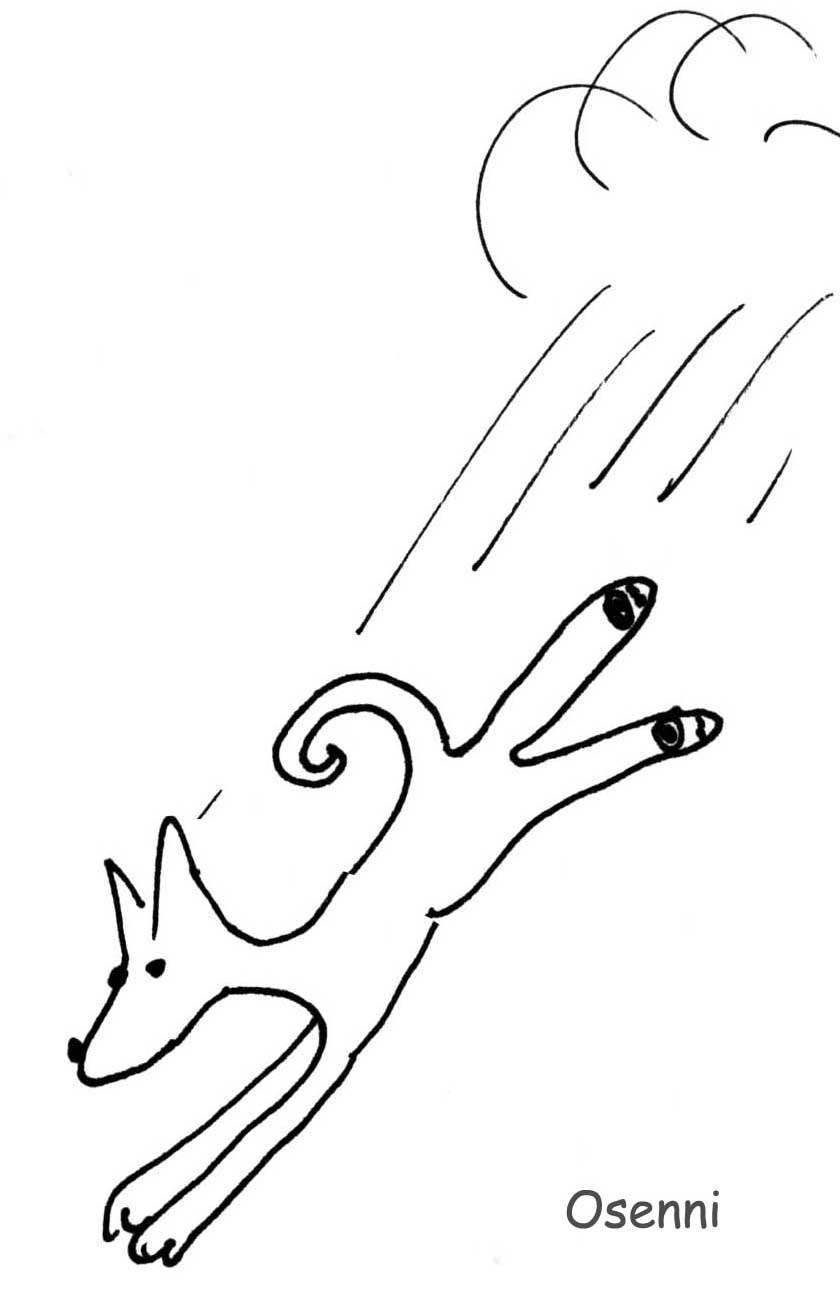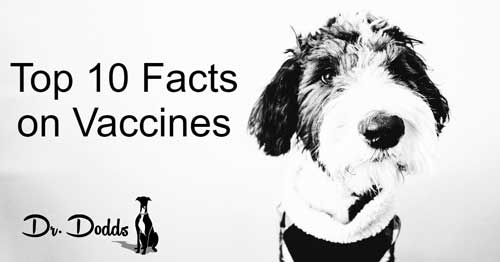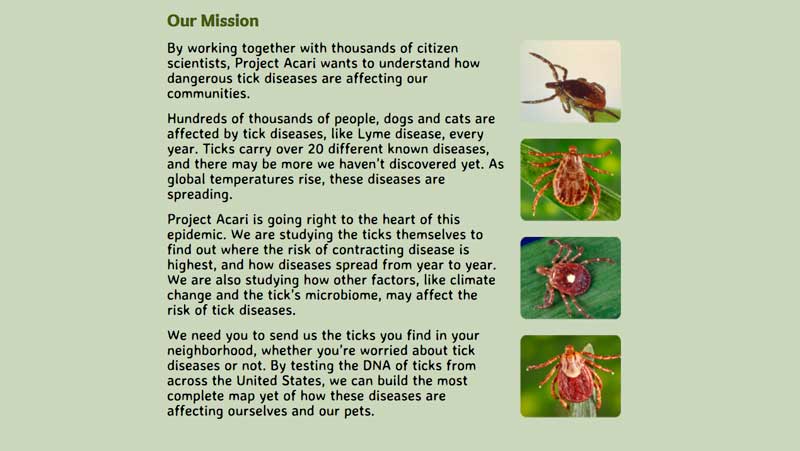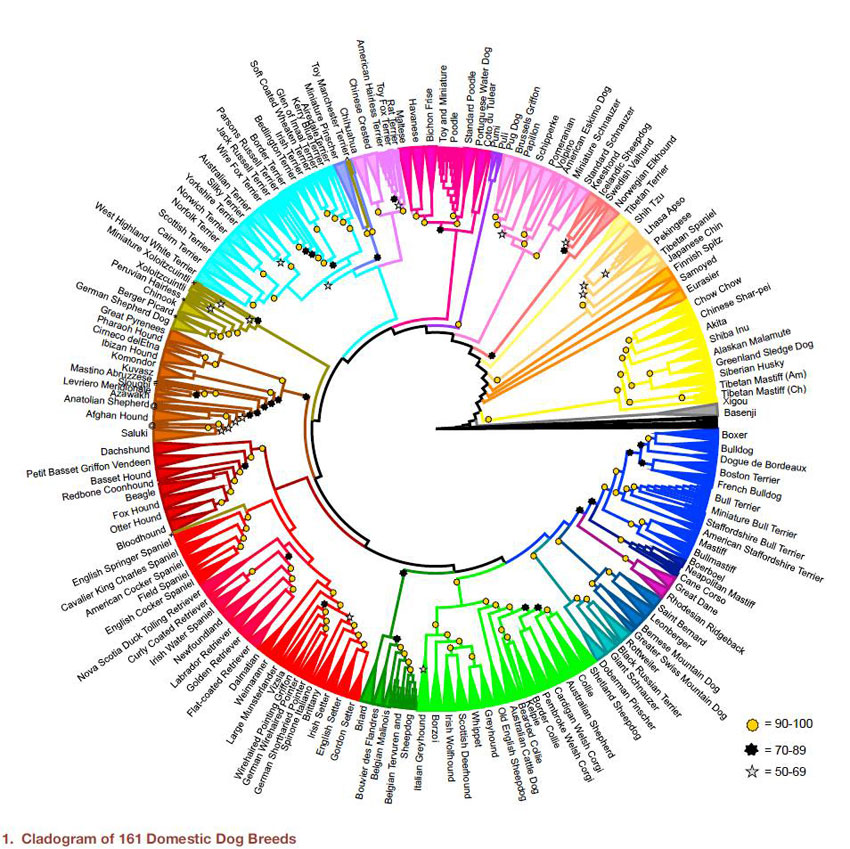Page 15 <previous page > <next page>
SOME HEALTH & SCIENCE NEWS

1. Top 10 Facts about Vaccines/
2. Tick Season is here.
3. Genomic Analyses Reveal the Influence of Geographic Origin, Migration,
and Hybridization on Modern Dog Breed Development
1. “Core” vaccines important for puppies and kittens.
2. Other vaccines optional depending on location and lifestyle.
3. Annual boosters not required and usually unnecessary/unwise.
4. Vaccination may not equate to immunization; check serum titers to validate.
5. Long-term protection from canine distemper, hepatitis, parvovirus; feline panleukopenia.
6. Measure serum antibody (vaccine titers) instead annually or triennially.
7. Give thimerosal (mercury)-free rabies vaccines; and as late as allowed (20-24 weeks).
8. Booster vaccinations only legally required for rabies.
9. Half-dose “core” vaccines sufficient to protect small toy dogs.
10. Recognize vaccine adverse events; genetic predisposition. Don’t breed; avoid re-vaccination.
 Tick SEASON is HERE!
Tick SEASON is HERE!
Prevention: {Ed. I use Frontline topically once a month. I feel it is may be a tad more viable on our short haired dogs than some others, as application is easier. There is some thought that amber bead necklaces may help prevent ticks. I would use those in addition to Frontline. Dr. Dodds says use Frontline, but be careful in households with cats. I, myself haven't a comfortable feeling about putting tick tubes in my backyard.}
Wondering what to do with all the ticks you pull off your dogs?
Donate them for research! Please click on this link: https://projectacari.org/?test
Project Acari
Genomic Analyses Reveal the Influence of Geographic Origin, Migration,
and Hybridization on Modern Dog Breed Development.
Shared by Bob Kamen:
"Interesting. Basenjis aren't related to any other breed group it would seem."
Genomic Analyses Reveal the Influence of Geographic Origin, Migration,
and Hybridization on Modern Dog Breed Development.
Authors: Heidi G. Parker, Dayna L. Dreger, Maud Rimbault, Brian W. Davis, Alexandra B. Mullen, Gretchen Carpintero-Ramirez, Elaine A. Ostrander.
Highlights
•Neighbor joining cladogram of 161 breeds establishes 23 supported clades
•Crossing between diverse clades was done recently to add new traits
•Migration of a breed to a new region alters both immigrant and indigenous breeds
•Tracking recent crosses can identify the source of mutations in multiple breeds
Summary
There are nearly 400 modern domestic dog breeds with a unique histories and genetic profiles. To track the genetic signatures of breed development, we have assembled the most diverse dataset of dog breeds, reflecting their extensive phenotypic variation and heritage. Combining genetic distance, migration, and genome-wide haplotype sharing analyses, we uncover geographic patterns of development and independent origins of common traits. Our analyses reveal the hybrid history of breeds and elucidate the effects of immigration, revealing for the first time a suggestion of New World dog within some modern breeds. Finally, we used cladistics and haplotype sharing to show that some common traits have arisen more than once in the history of the dog. These analyses characterize the complexities of breed development, resolving longstanding questions regarding individual breed origination, the effect of migration on geographically distinct breeds, and, by inference, transfer of trait and disease alleles among dog breeds.
Source
Cell Reports - Apr 25, 2017
19|4|Pages 697-708
DOI: 10.1016/j.celrep.2017.03.079
DOI: http://dx.doi.org/10.1016/j.celrep.2017.03.079
April 25, 2017 | Volume 19 | Issue 4


